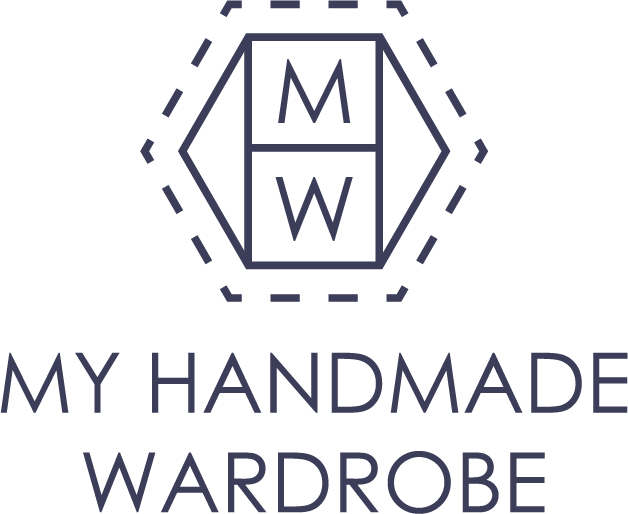Learn about bust adjustments
If you often find that garments are tight or loose over the bust area, there is pulling or excess fabric or the armholes for neckline gape or pull, you probably need a different amount of volume in the bust area to what is included in the pattern you are using.
As a general rule, most commercial patterns (and ready to wear high street clothing) is drafted from blocks which include 5cm of volume at the bust.
In dressmaking terms, this is classed as a B cup. With the UK average cup size being a D- cup, many people need more volume than this in the bust area.
So, how can you tell if you need more volume?
Start by measuring your high bust measurement. This measurement is taken well above your bust over your breastbone and under your armpits and around your back, parallel to the floor. Pull the tape measure tight, you are looking to measure your bones/skeleton and no flesh or breast tissue.
Next, measure your full bust, again with the tape measure parallel to the floor all the way around. Use a mirror or ask a friend to check this for you. Measure without adding any ease but do not pull the tape measure in tight.
If the difference between your high bust and your full bust is more or less than 5cm you will most likely benefit from adjusting the pattern to add or remove volume at the bust area when using some commercial sewing patterns.
This is called a Full or Small bust adjustment.
My Handmade Wardrobe Patterns include 7.5cm of volume at the bust. This is close to the UK average meaning fewer people will need to do a bust adjustment when using our patterns - hooray!
But what if you have a difference of 7.5cm more or less? Then it’s time to adjust the bust!
What is a full bust adjustment (FBA) or small bust adjustment (SBA)?
This is the most common way to make a bodice sewing pattern smaller or larger at the bust. By cutting the pattern pieces and slightly moving them, you can easily add or remove volume in the finished garment. This adjustment increases dart take-up (and the amount of volume created by the dart at the dart end point) rather than just adding length or width to the garment.
If you answer yes to any of the below, it’s likely you’ll need to make an FBA:
The difference between your high bust and full bust is more than 8cm
The bust is often tighter, or pulls, and the armholes often pull and gape on RTW clothing
Your RTW cup size is larger than a C cup
If you answer yes to any of the below, it’s likely you’ll need to make an SBA:
The difference between your high bust and full bust is less than 6cm/1″
The bust is often loose, or gapes, on RTW clothing
Your RTW cup size is smaller than a C cup
“I need to do an FBA/SBA…”


